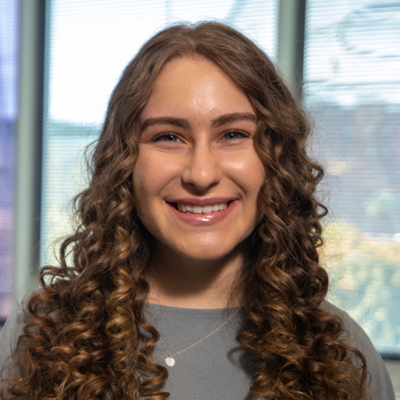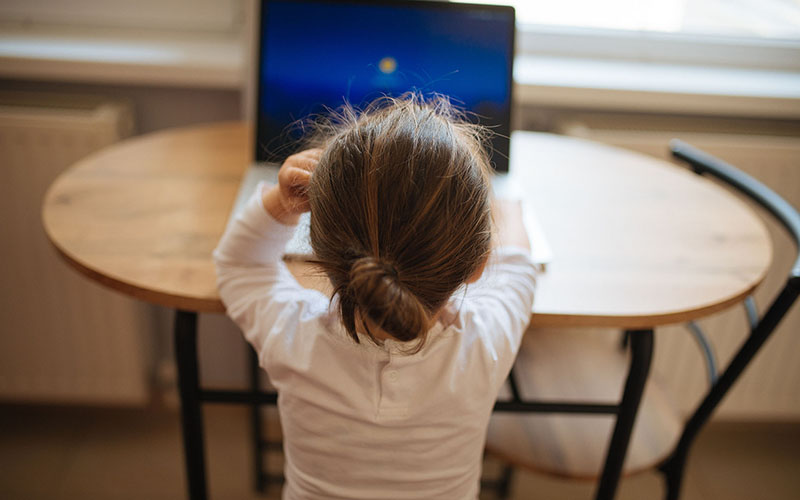WASHINGTON – Arizona schools have long struggled with teacher shortages but the problem was made worse this year by COVID-19, which has led to more teachers quitting or taking leave, school officials said.
Just over 28% of teaching slots were still vacant several weeks into the 2020-2021 school year, up from 21% last year, according to an annual survey by the Arizona School Personnel Administrators Association.
The association, which included a question on the coronavirus for the first time this year, found that 464 teachers who retired this year or who took a year off from teaching said their primary reason for doing so was COVID-19.
“We’ve had a couple of resignations and it’s not 100% related to the work – it’s definitely COVID related,” said Dawn Anderson, the human resources director for the Flagstaff Unified School District. And Flagstaff is in relatively good shape when it comes to teacher vacancies overall, she said.
The survey of 145 school districts and charter schools around the state found that of the 751 teachers who quit before or shortly after the start of the school year, 326 said they left because of the pandemic. Another 138 teachers took an unpaid one-year leave of absence, citing COVID-19, the report said.
Additionally, 975 school employees who were not in the classroom also cited the virus as their reason for either quitting or taking a leave of absence, the survey said.
Tempe Elementary School District teacher Beth Lewis said it’s not surprising. She said she and her colleagues are fearful of teaching this year.
“I have many teacher friends who have quit over this and are amazing teachers but they have health conditions,” said Lewis, co-founder of Save our Schools Arizona.
Justin Wing, a past president of ASPAA and human resources director for the Washington Elementary School District in Glendale, said there’s no question that COVID-19 has aggravated an already difficult situation in Arizona schools. It’s why the association included the question in this year’s survey.
“The survey was adjusted with COVID in mind,” Wing said.
Teachers’ jobs were already changing because of budget cuts and new demands, with teachers forced to wear more hats, from safety officer to social worker and even school counselor, Wing said. Then this year, teachers were thrust into the new world of remote learning.
At Flagstaff Unified School District, where students are in a completely remote learning environment, Anderson said teaching remotely is just as challenging, if not more so, for educators.
found here.
“It is more challenging to teach in a remote environment,” she said. “It’s a different skill set and involves different strategies for all varieties of education, everything from classroom management to delivery of instruction.”
Sean Rickert, superintendent of Pima Unified School District, said he has more teachers who are deciding to quit or retire.
“I’ve got about three teachers that have already said at the end of this year, they’re done,” Rickert said. “So out of 60 teachers, that’s about two or three times more than we’ve seen in a normal year.”
He said he’s seeing a much higher number of retirement-eligible teachers leave the profession “partly because of health concerns and partly because of all the stress being put on teachers this year.”
To fill the growing number of vacancies, schools are turning to long-term substitutes or hiring increasing numbers of people without teaching credentials, as they have in previous years, the survey said. It said half the teachers in the state are operating on provisional or alternative certificates.
On the one hand, Wing said, that has helped plug holes.
“50% of alternative certified teachers have been most helpful – if that was not the case, I don’t know where we would be,” Wing said.

A recent survey of Arizona school districts found that the perennial problem of hiring teachers has been made more difficult by COVID-19, with health concerns and workload challenge pushing hundreds of teachers to quit. (Photo by SOMANEDU/Creative Commons)
But he and others worry about the long-term impact on students’ education.
“You have more openings than you have applicants,” Rickert said. “And then you have to put unqualified people in classrooms and it becomes really unfair for children.”
Rickert said he was originally hired as a long-term substitute because his school district “didn’t have anyone to teach social studies.”
“The school district found out through a teacher or friend that knew me, found out that I had a degree in history and they said, ‘Hey, we need you to teach social studies to middle school kids,'” Rickert said.
But Rickert, who has been an educator for about 18 years, said the continued quick-fixes are “having a dramatic impact on the quality of education schools are able to offer children.”
“If we don’t do anything about it, the impact that it’s going to have going forward will be even more profound,” he said.
Even as this year’s difficulties shined a spotlight on the problem of teacher shortages, Wing said he is not optimistic the situation will get better soon.
“The teacher shortage will continue,” Wing said. “This year is more stressful – just as stressful, if not a little bit more – because COVID resulted in more vacancies.”


